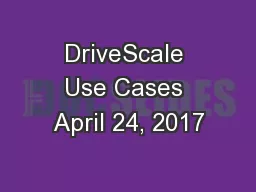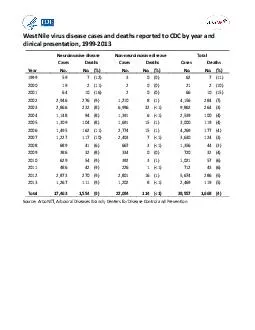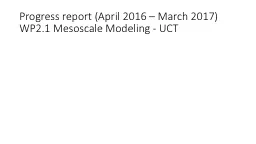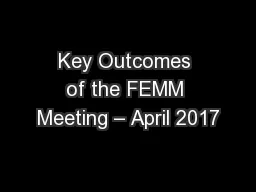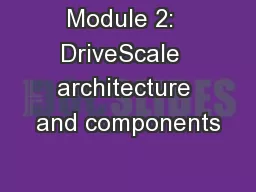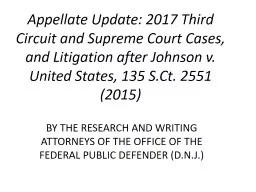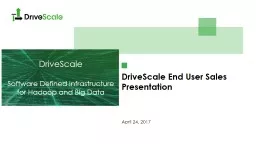PPT-DriveScale Use Cases April 24, 2017
Author : lindy-dunigan | Published Date : 2018-09-20
DriveScale Software Defined Infrastructure for Hadoop and Big Data Presentation Overview Target Users Use Cases Deployment Scenarios Reference Accounts 2 2017 DriveScale
Presentation Embed Code
Download Presentation
Download Presentation The PPT/PDF document "DriveScale Use Cases April 24, 2017" is the property of its rightful owner. Permission is granted to download and print the materials on this website for personal, non-commercial use only, and to display it on your personal computer provided you do not modify the materials and that you retain all copyright notices contained in the materials. By downloading content from our website, you accept the terms of this agreement.
DriveScale Use Cases April 24, 2017: Transcript
Download Rules Of Document
"DriveScale Use Cases April 24, 2017"The content belongs to its owner. You may download and print it for personal use, without modification, and keep all copyright notices. By downloading, you agree to these terms.
Related Documents

